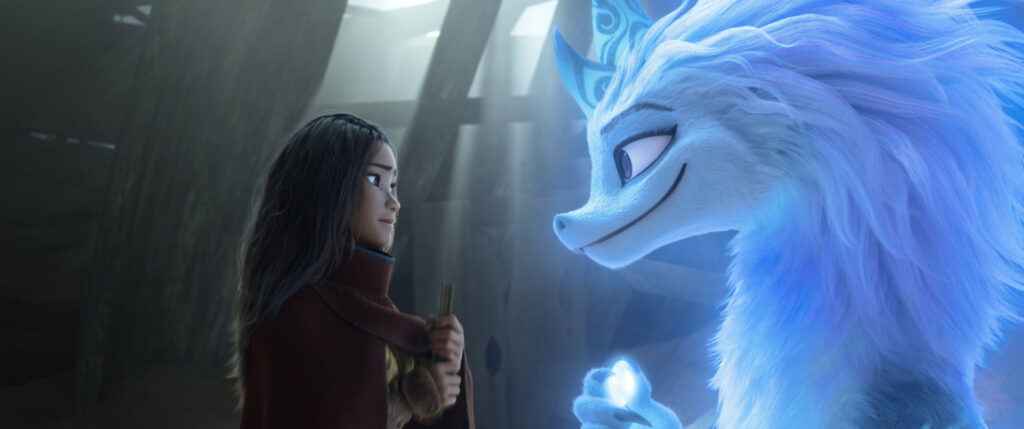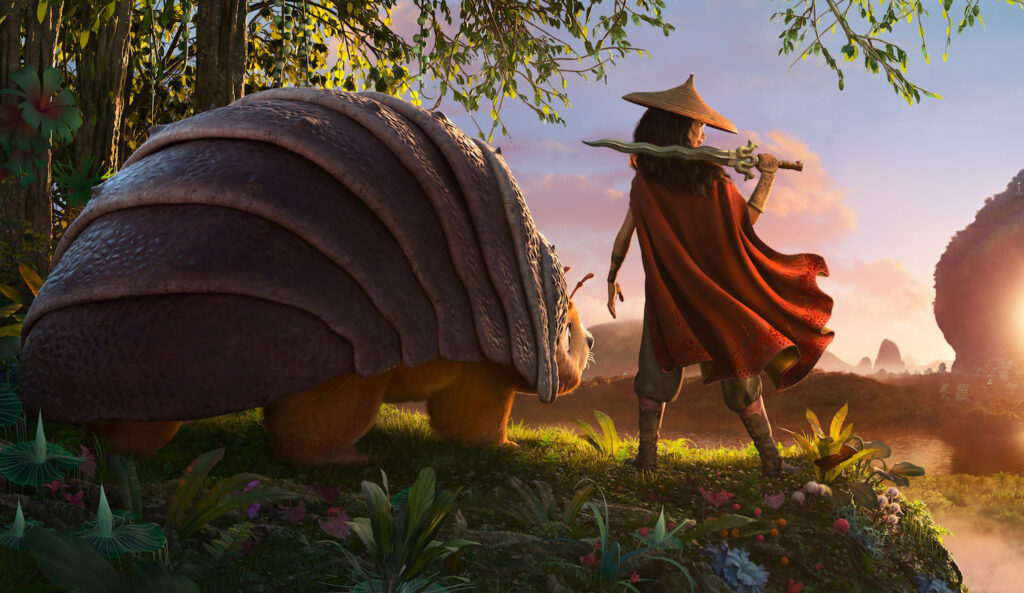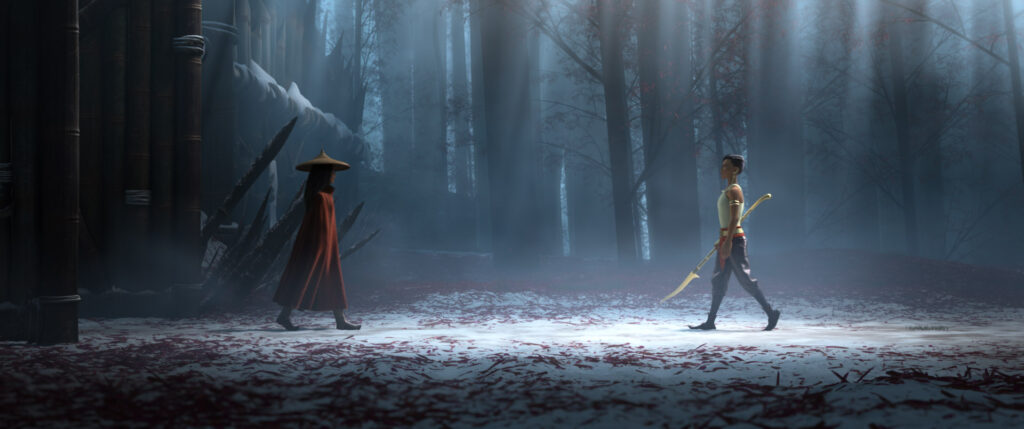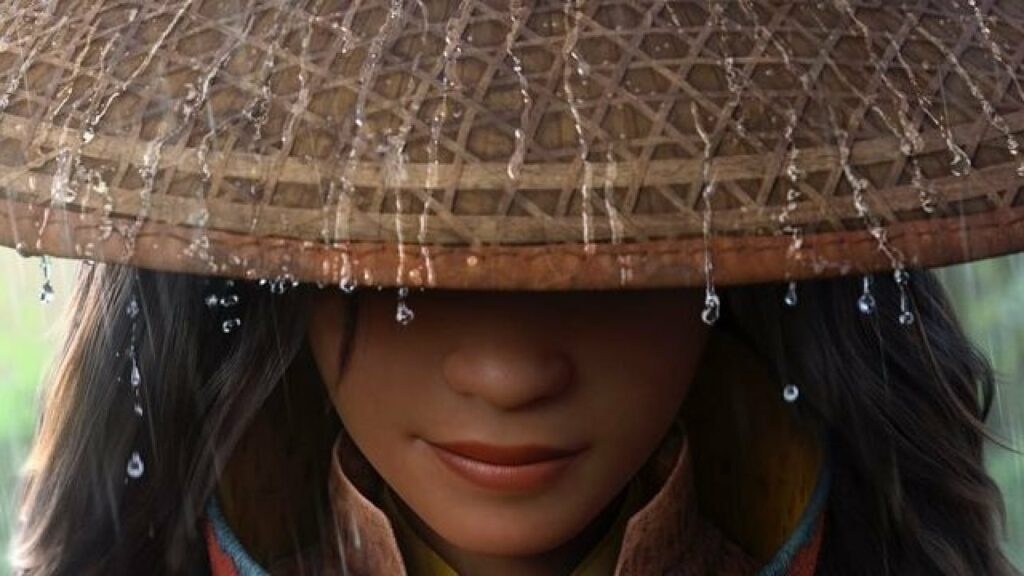Raya and the Last Dragon tells the story of a once united land called Kumandra, where humans and dragons had long lived together in harmony. However, when a great evil called the Druun threatened the land and all who lived there, the dragons sacrificed themselves to save the humans. 500 years later, the world is fractured into five tribes. Raya (voiced by Kelly Marie Tran) is from Heart, and has been tasked with protecting the Dragon Gem, a powerful orb that keeps the Druun from awakening. That is until a fatal mistake results in the gem breaking and its pieces being stolen, thereby releasing the Druun and plunging the world into darkness and despair once again. Raya must overcome her fears and distrust to reunite all five pieces of the gem to bring peace back to the lands, with help from the last of the dragons, Sisu.

Raya and the Last Dragon is a gorgeous film, with landscapes unique to each of the five lands and bursting with rich colour and texture. Directors Don Hall and Carlos López Estrada give each place the attention, detail and care needed to bring them to life, with equally gorgeous and individual character designs.
This film explores how trust (in oneself, and in each other) is the key to overcoming so many issues, and as such introduces the audience to a brilliant cast of engaging, sympathetic characters: Boun (Izaac Wang), an orphaned shrimp congee chef; Tong (Benedict Wong), the only survivor amongst his warrior brethren; Noi, the con-baby (Thalia Tran) and her monkey friends, as well as Namaari, princess of Fang (Gemma Chan), and the dragon Sisu herself (Awkwafina). By bringing together these characters that are so different and highlighting the power of their shared pain, strong relationships are formed in striving for a common goal.

Screenwriters Adele Lim and Qui Nyugen clearly wanted to tell a story that carries particular contemporary significance, that trust and empathy is the only way to achieve prosperity. That distrust and individual wants can only lead to destruction. This is played out at every level of the story, both in individual character arcs and in the overarching narrative.
A powerful scene comes towards the end of the movie where Raya, whose decisions and interactions had long been shaped by her distrust in others, “takes the first step” and learns to depend on someone else. It is a poignant moment after everything that has happened, and one which truly encapsulates the film (and Sisu)’s message. Raya and the Last Dragon also features a longer runtime than a typical animated film, which works well to allow sufficient time to be spent on the many characters and narrative threads.

Some criticism has been levelled at Raya and the Last Dragon’s melding of numerous South-east Asian cultures. In the context of Hollywood’s history of representing the Asian continent as one large, homogenous stereotype, this distillation of so many nations’ cultures into one rings a warning bell.
It is important to recognise these criticisms, especially in a time when people of Asian descent are victim to rising levels of hate crimes.
However, Raya and the Last Dragon is different in that the cast and crew are members of the communities that are represented, as opposed to the all-too frequent whitewashing of Asian heritage in entertainment. Care and cultural awareness is demonstrated in the creation of such moments as when General Benja (Daniel Dae Kim), Raya’s father, seeks to heal their fractured world through preparing and sharing food.

Raya and the Last Dragon is a story of adventure, of trust and community. With excellent artistic direction, a wonderful cast playing an eclectic group of well-rounded characters, and a superb soundtrack, it is a brilliant showcase of Disney working to better amplify diverse voices and tell new stories.
Raya and the Last Dragon is out now on Disney+.
